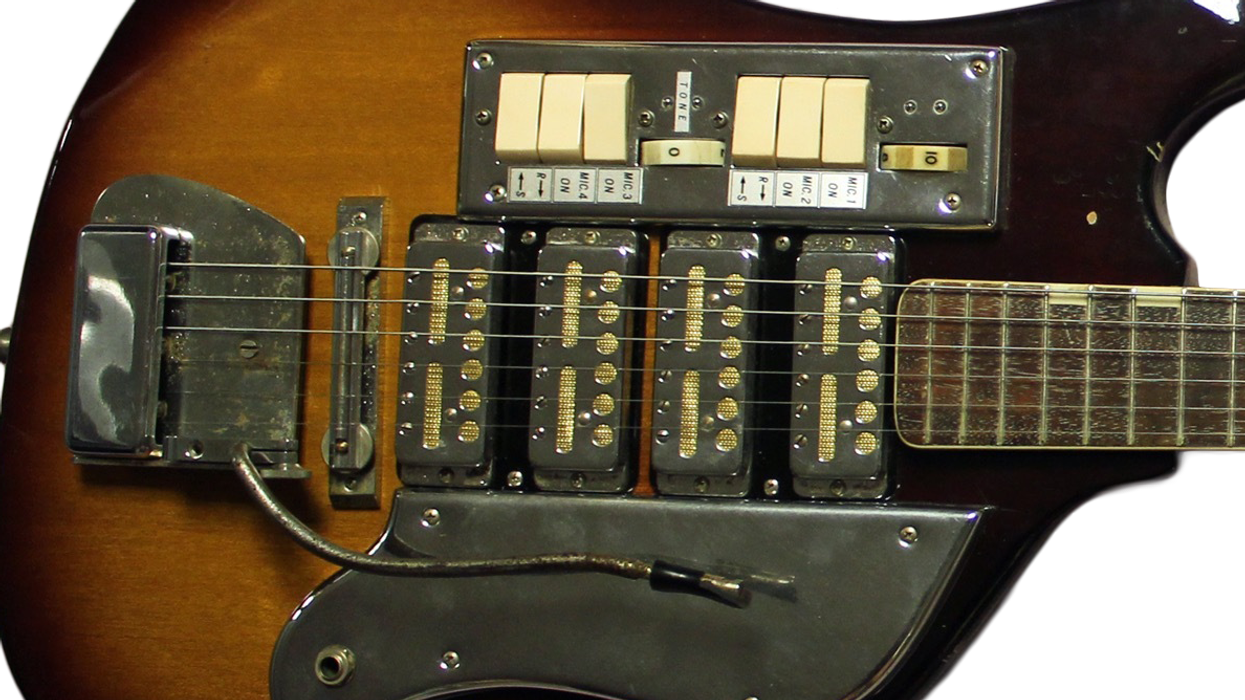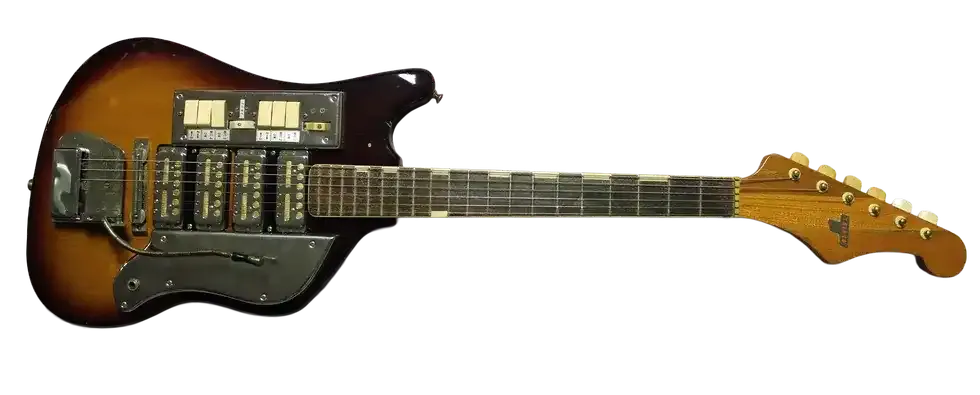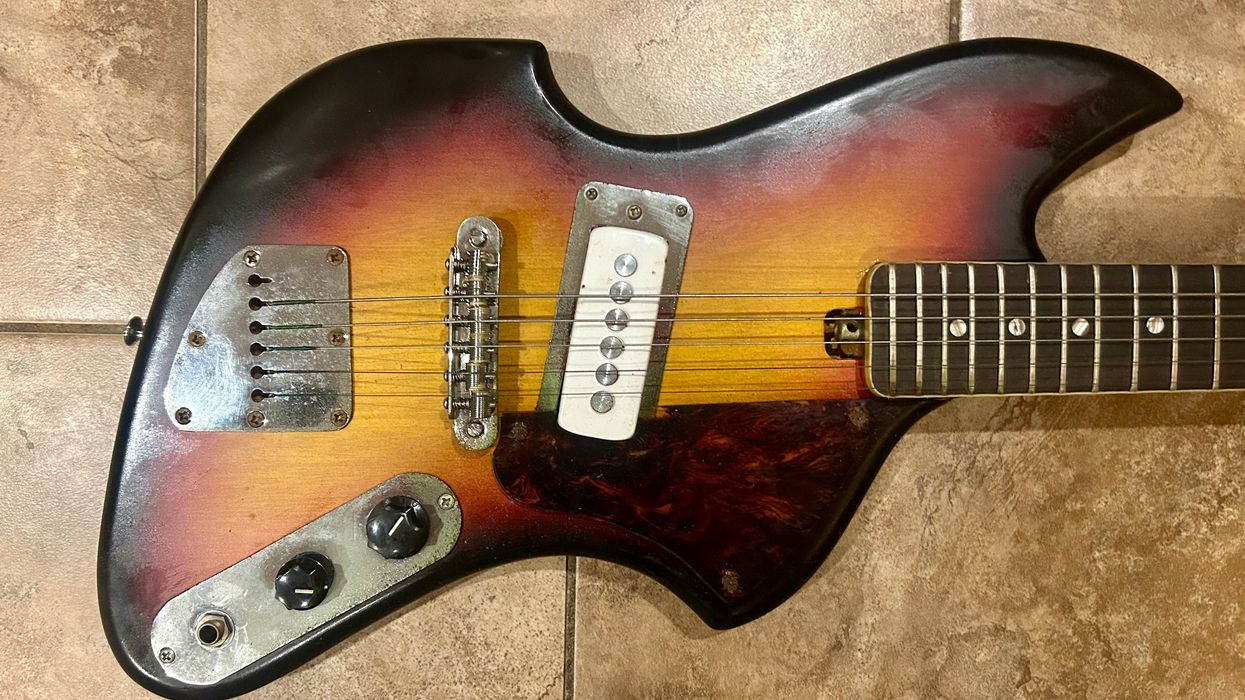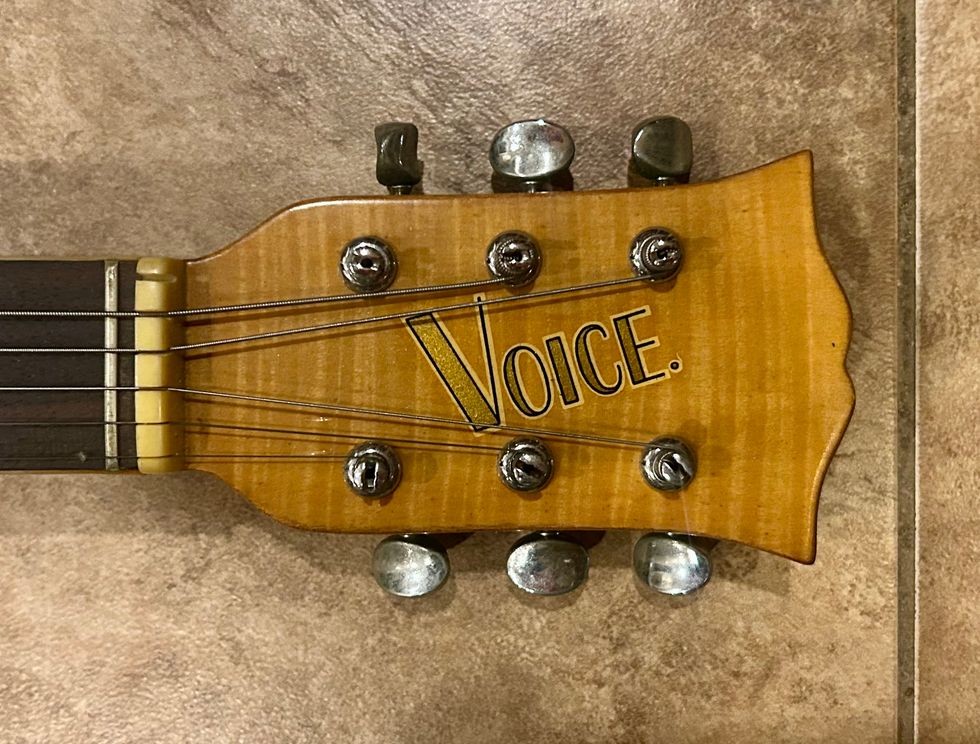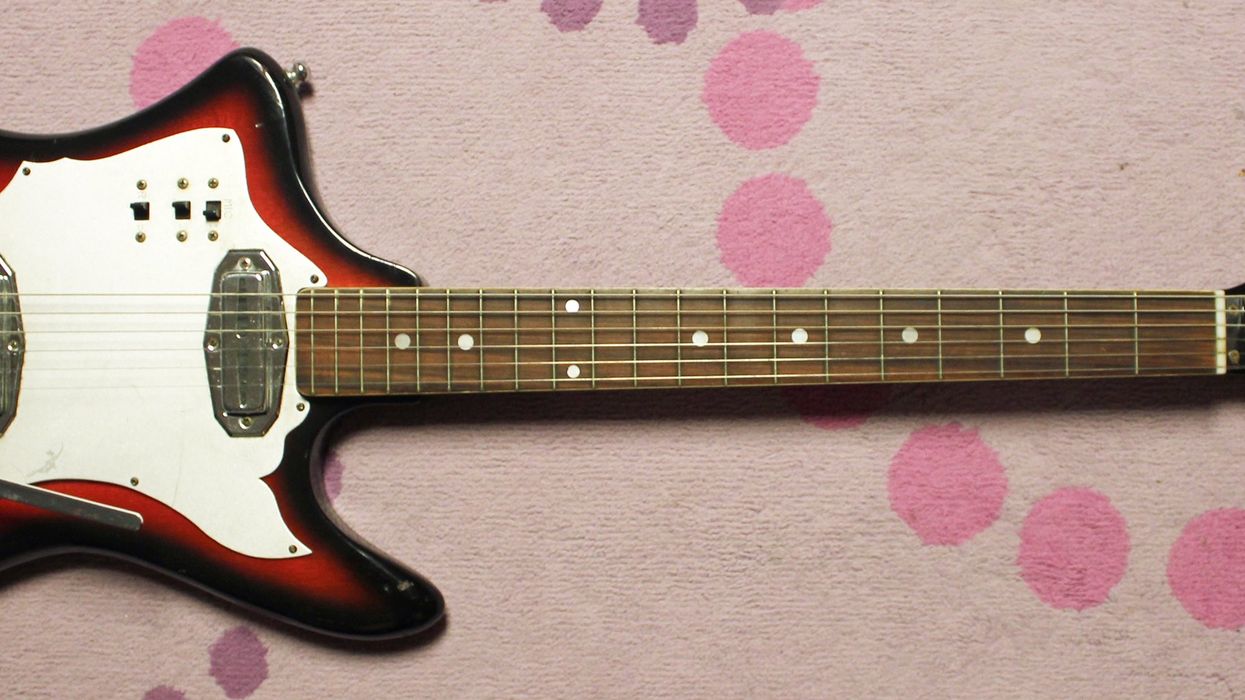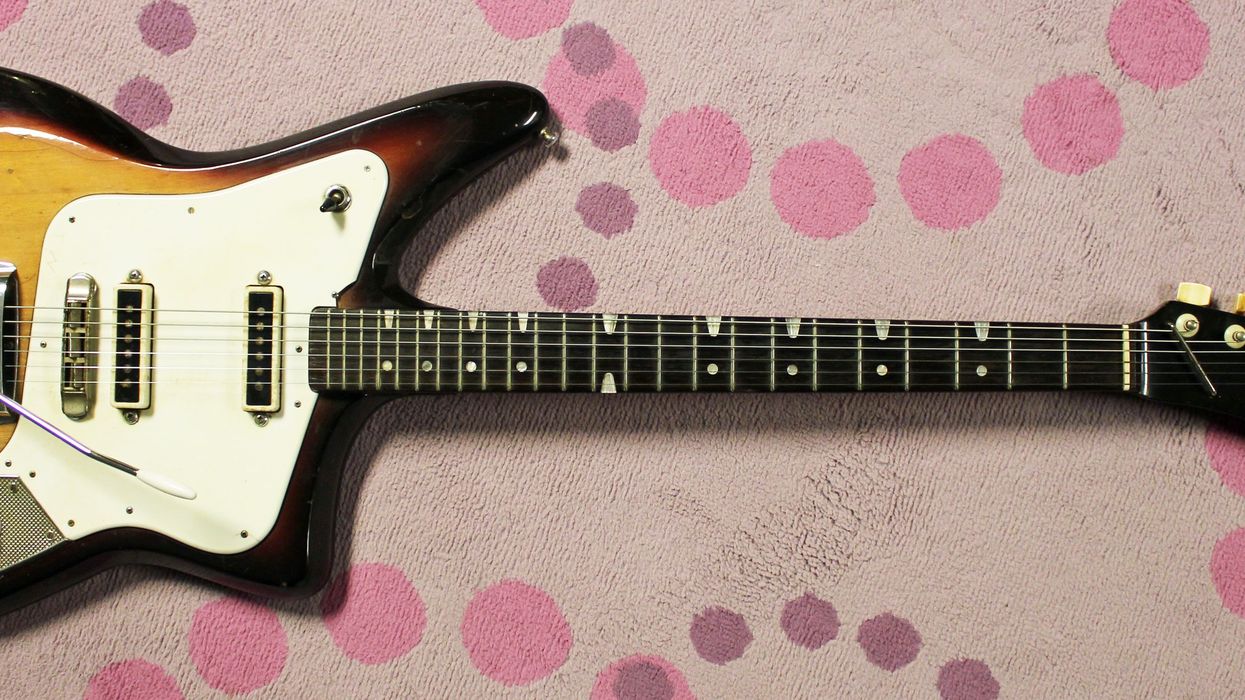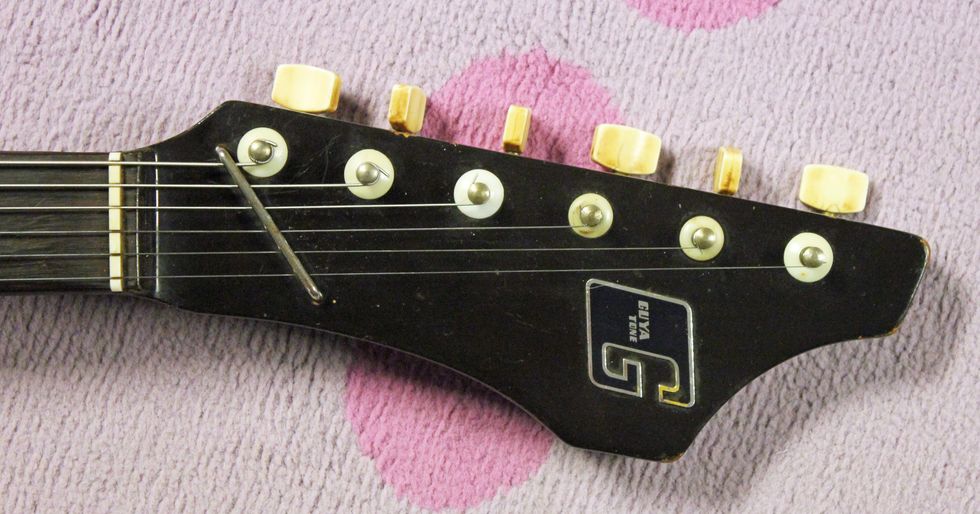This month’s column was a little somber for me, because I learned about the passing of one of the most amazing people I’ve ever encountered. Here I sat, watching an actual snowstorm (which is rare these days), and writing about an obscure German guitar, when I got a message from an expat in Japan who learned about the passing of a true legend: Yukichi Iwase. He was one of the early innovators of Japanese instrument making. I’ve written about him a few times before because of his Voice Guitars company and his contribution to the early days of Teisco (he was among the original employees).
I learned about Iwase through my American book publisher, Ron Middlebrook, who has known a bunch of excellent pedal-steel guitar players all over the world. In Japan, he knew a fine player named Kiyoshi Kobayashi, otherwise known as “Lion.” Lion referred to Iwase as the “maestro,” and in a few months, arranged for us to meet in Tokyo. So imagine this, good reader: Here I am, about the size of a refrigerator, and I’m ambling into this old jazz club to meet all 5'4″ of Iwase-san, smiling as wide as the moon! One of the first things he said to everyone was to the effect of, “No wonder Japan lost the war, because of the size of Americans!” He had an excellent sense of humor and an excellent memory, and provided me with so much of the early guitar history of Japan, and I am forever grateful.
Iwase-san had left the original Teisco Company in the early ’60s, so I wanted to highlight one of the guitars he helped to design and produce during his tenure at the first factory. The uber-strange Teisco SD4L was introduced to the guitar-playing world in the spring of 1962, and was apparently inspired by an old Italian electric guitar of the time. Perhaps a Wandre? Iwase wasn’t quite sure.

Yukichi Iwase, who passed away earlier this year, was one of the early innovators of Japanese instrument making.
The SD4L features an offset body design with extreme and abrupt lines. I believe this was the only truly made Teisco to feature a plywood body. Made with a lot of thin veneers, the guitar is on the heavy side, and at the time of its design, the thought was that a plywood construction of this sort would survive the climate changes of players outside the Japanese mainland. To be honest, not many of these left Japanese shores.
But the coolest feature of this model is the hard kitchen formica covering on the front and back. Simply glued on and formed to the shape of the plywood body, this guitar has a tendency to dig into your body in unpleasant ways, but who cares! It’s like something straight out of an old American diner! Iwase described the material as what was found on “kotatsu” tables, which were like coffee tables, but heated.
“Here I am, about the size of a refrigerator, and I’m ambling into this old jazz club to meet all 5'4″ of Iwase-san, smiling as wide as the moon!”
The cutout on the headstock was another Iwase original, as was the electronics layout. This earlier model features four pickups that were taken direct from the lap-steel guitars that Teisco was producing at the same time. Later editions of this model have the very first, and now famous, Teisco gold-foil pickups that became popular with all sorts of American players, including Ry Cooder.
Each pickup has an on/off switch, two volumes, and preset tone controls for rhythm and solo settings. The sound of these early SD4L guitars can get a little destructive since the pickups can be a little microphonic, but they are controllable in the hands of a capable player. There is a nice hint of resonance that tends to come from all the guitars that were designed with a thick metal plate attaching the pickups to the body. It’s subtle, but cool.
I have all my interviews taped, and I went back to watch all the times that Iwase and I met. Of course, we had to have translators, but we were able to enjoy our time together, and I am extremely happy to have known him. I remember that he was surprised that someone from outside of Japan had an interest in him, as are most of the older people I have interviewed over the years. He was humble and creative and kind, and I will miss him dearly.
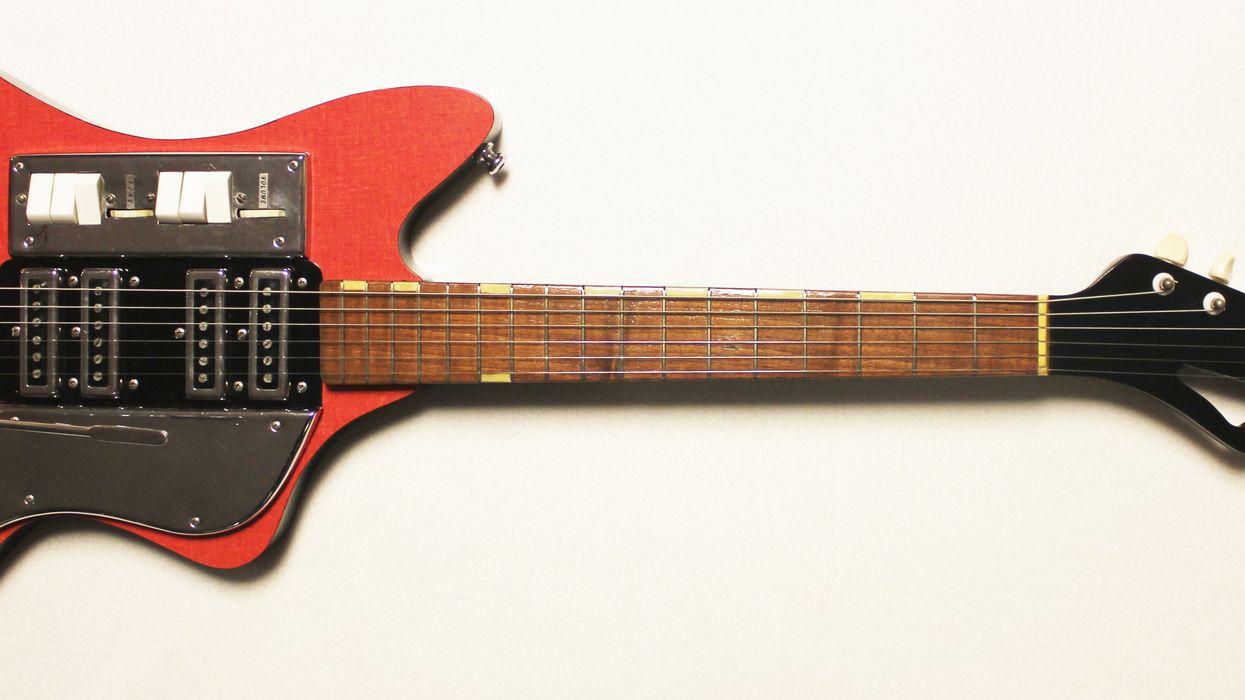

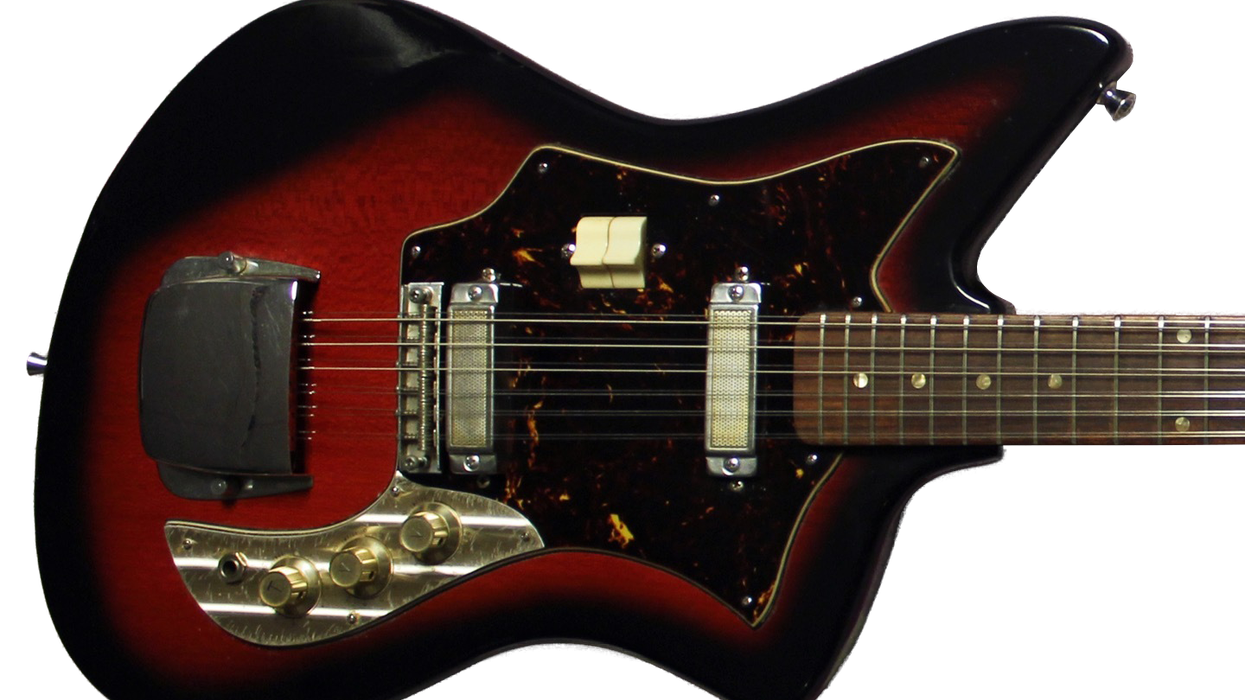
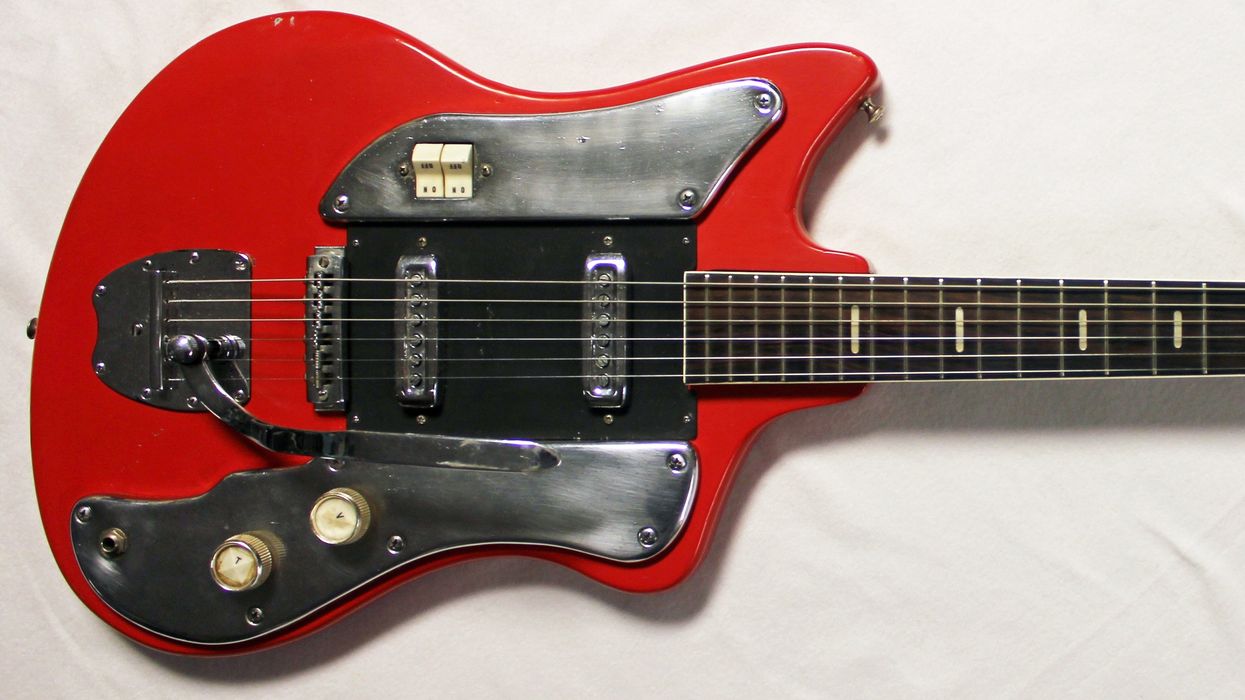
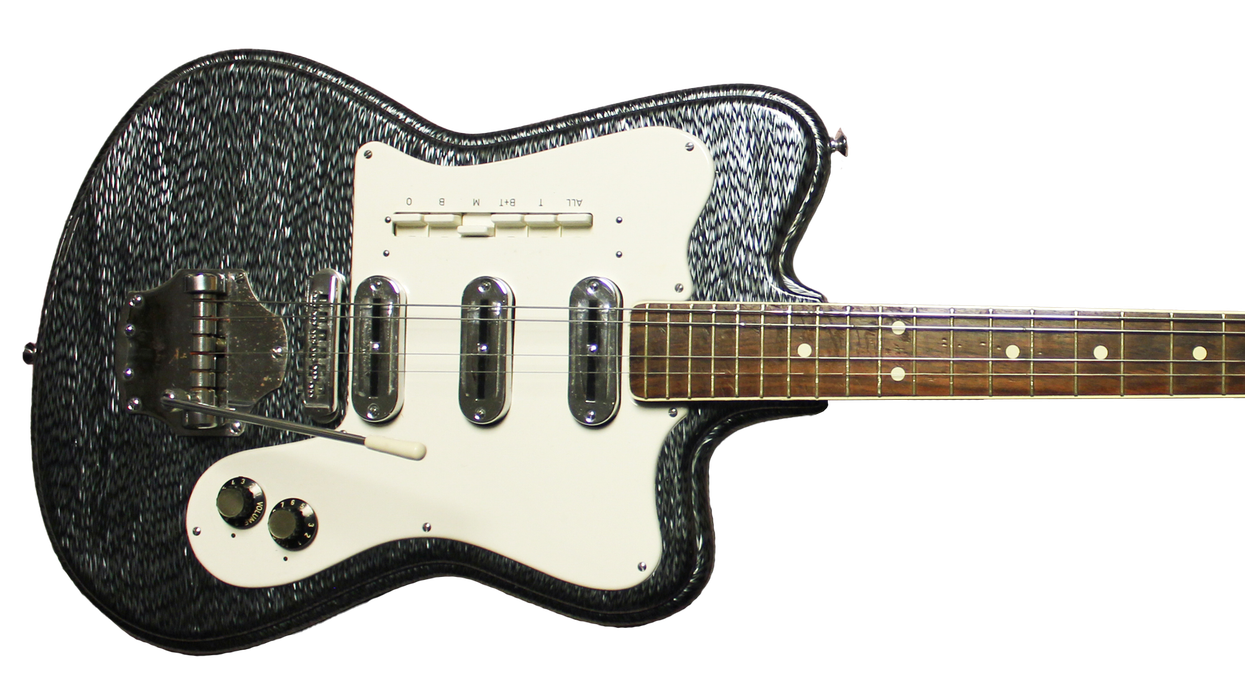
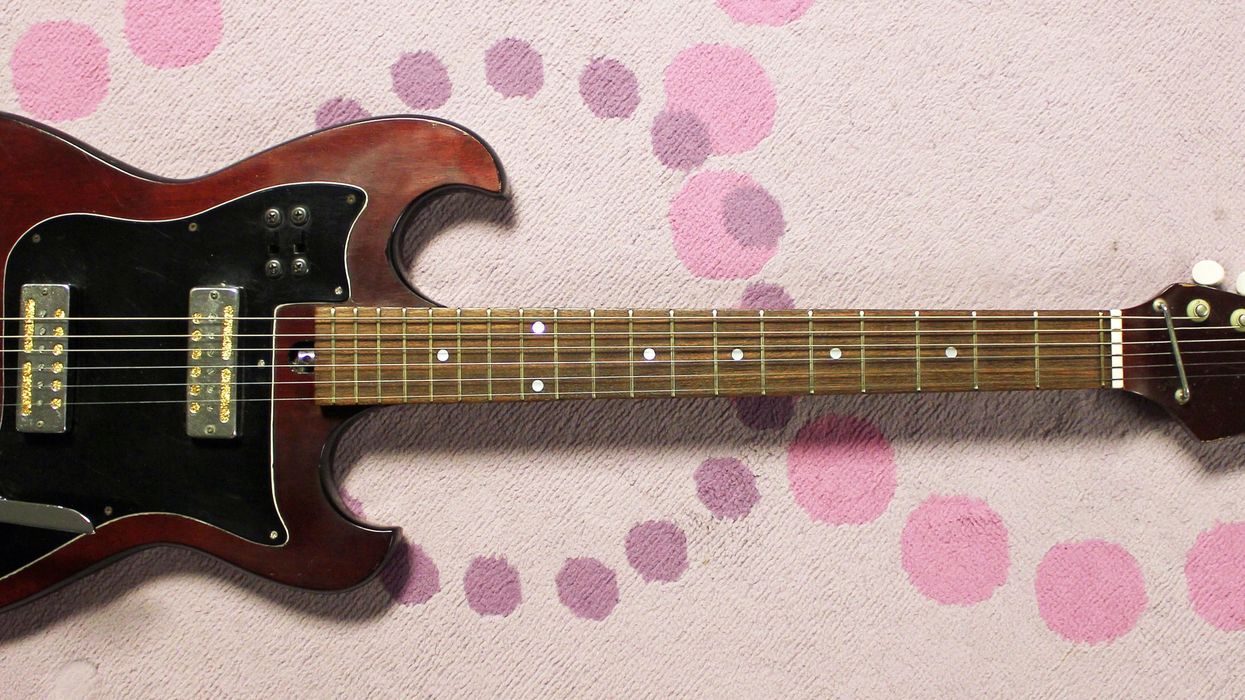
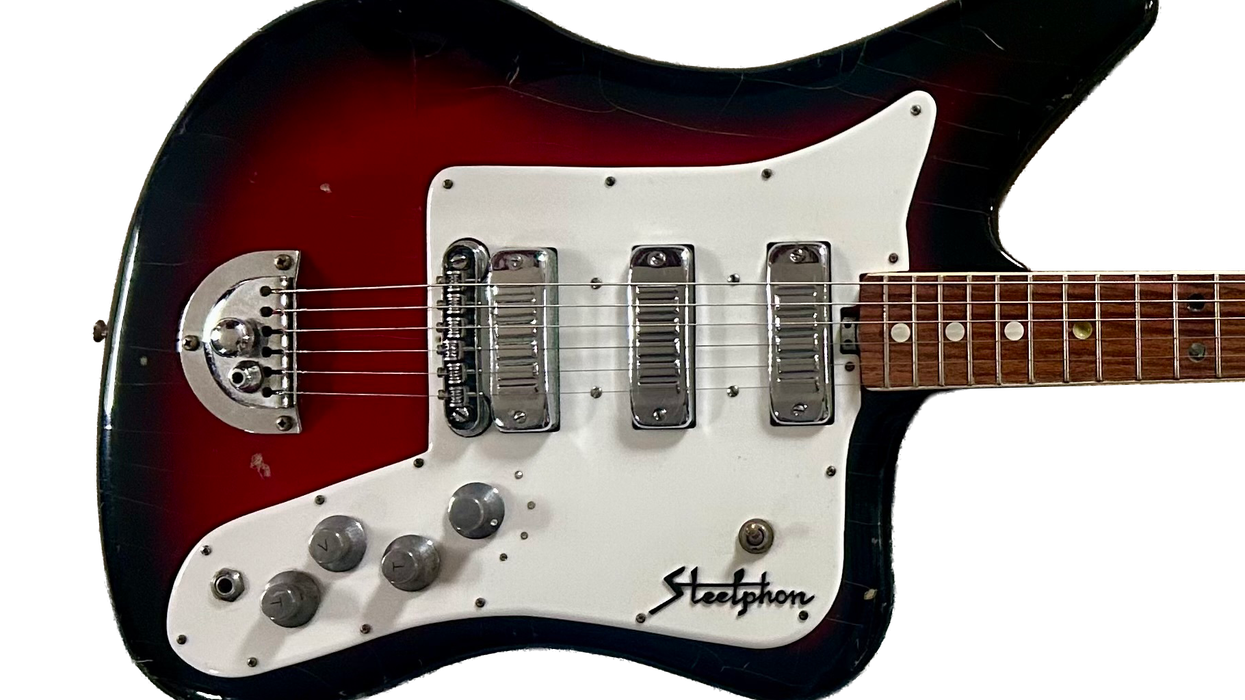
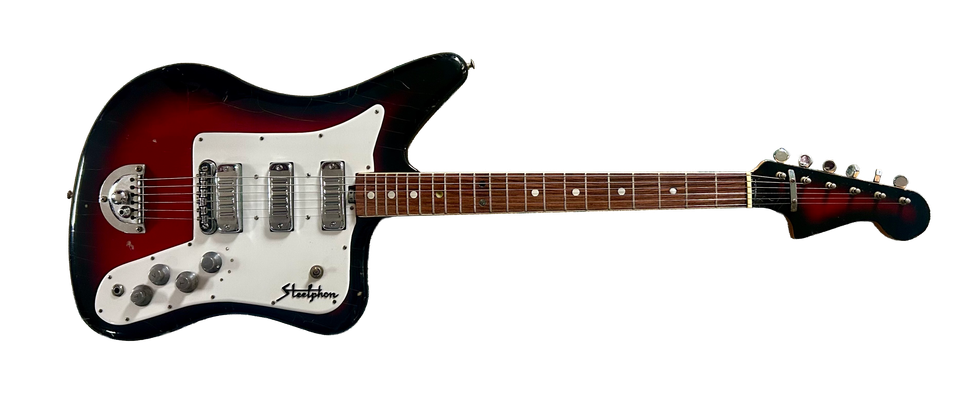 Then, in the dream, I “awoke” and realized I was back in my bedroom, and it was all just a dream. The kicker is that I was still dreaming, because that “paddle” guitar was suddenly in my hands—then I woke up for real! How about that misadventure?
Then, in the dream, I “awoke” and realized I was back in my bedroom, and it was all just a dream. The kicker is that I was still dreaming, because that “paddle” guitar was suddenly in my hands—then I woke up for real! How about that misadventure?





